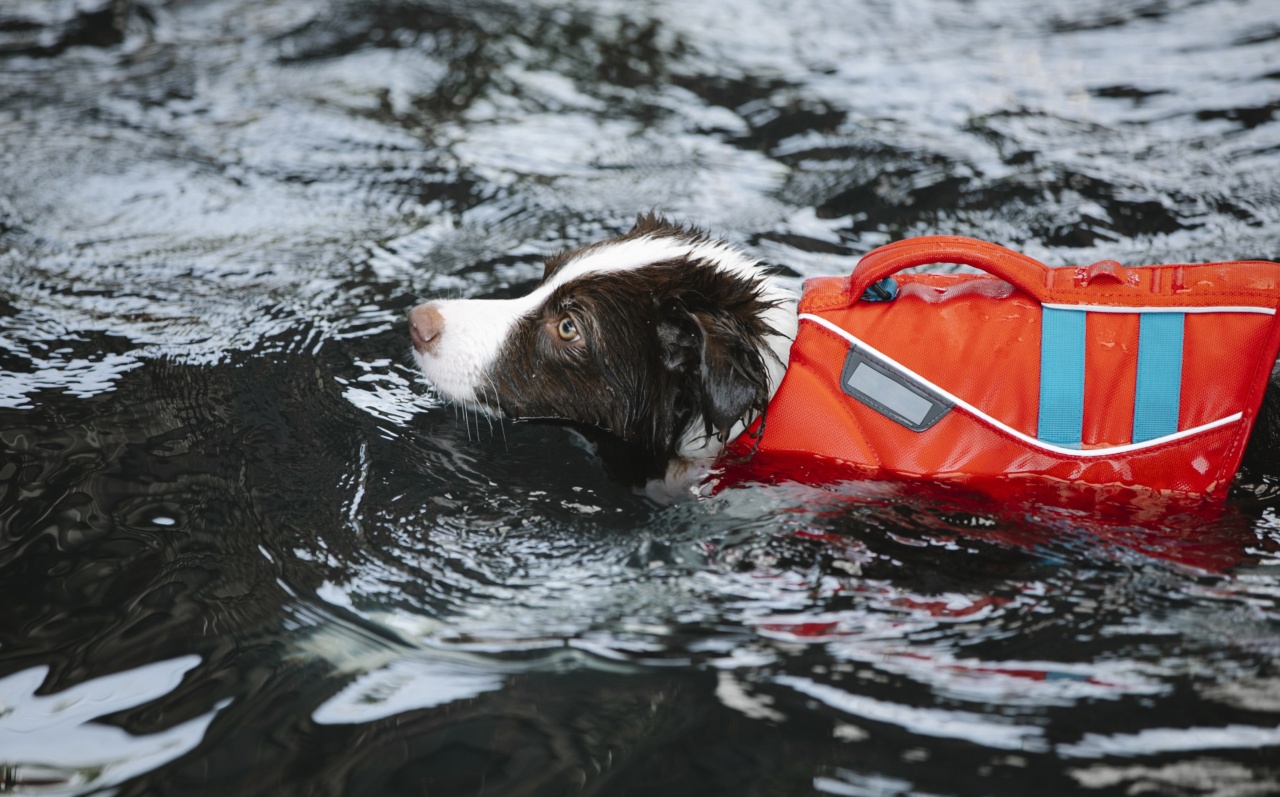Having a dog is a wonderful experience that brings joy and companionship to our lives. However, sometimes our furry friends can display dominant behaviors that can cause problems in our households.
It is important to recognize and address these behaviors to maintain a harmonious and balanced relationship with your dog.
Understanding Dominant Behavior in Dogs
Dominant behavior in dogs is a natural instinct that stems from their ancestral pack mentality. In the wild, dogs live in packs where there is a clear hierarchy with an alpha leader.
Some dogs may display dominant behaviors to establish themselves as the alpha in their human family.
Signs of dominant behavior may include:.
- Growling or snarling when approached
- Guarding food or toys
- Claiming furniture, beds, or personal space
- Jumping up on people without invitation
- Pushing or nudging people out of the way
If your dog exhibits any of these behaviors, it is essential to address them promptly to prevent them from escalating and potentially causing harm or disruptions in your home.
Establishing Yourself as the Pack Leader
To properly handle a dominant dog, it is crucial to establish yourself as the pack leader. Here are some techniques to help you assume the alpha role:.
- Consistency is key: Establish consistent rules and routines for your dog to follow. Dogs thrive on structure and clear expectations.
- Lead with calm assertiveness: Dogs respond best to calm assertiveness rather than aggressive or meek behavior. Maintain a confident and composed demeanor when interacting with your dog.
- Set boundaries: Teach your dog basic obedience commands such as sit, stay, and leave it. Reinforce these commands consistently and reward your dog for following them.
- Control resources: Control access to food, toys, and other resources. Teach your dog to wait for permission before eating or playing with toys. This helps establish you as the provider and leader.
- Be proactive: Anticipate situations where your dog may display dominant behavior and redirect their attention or command them into a more appropriate behavior.
Physical and Mental Stimulation
A well-exercised and mentally stimulated dog is less likely to exhibit dominant behaviors. Make sure your dog receives plenty of physical exercise through walks, play sessions, or runs in a safe and controlled environment.
Engage them in stimulating activities like puzzle toys or scent games that challenge their minds.
Dominant dogs often require more mental stimulation than other dogs. Teaching them new tricks and providing tasks that require problem-solving can help redirect their focus from establishing dominance to more productive and positive outlets.
Positive Reinforcement and Reward-Based Training
Positive reinforcement training is highly effective when dealing with dominant dogs. Reward your dog for good behavior and obeying commands.
Use treats, praises, and affection as rewards to reinforce positive behaviors such as sitting calmly, waiting patiently, or responding to commands.
Avoid punishment-based training methods, as they can escalate aggression or anxiety in dominant dogs. Instead, redirect their attention to a positive behavior or command and reward them for complying.
Seeking Professional Help
If you are struggling with your dog’s dominant behavior and are unable to address it effectively on your own, it is wise to seek professional help.
A certified dog trainer or behaviorist can provide expert guidance tailored to your dog’s specific needs. They can assess the underlying causes of your dog’s dominant behavior and develop a comprehensive training plan to modify their behavior.
Remember that every dog is unique, and it may take time and patience to see significant improvements. Consistency, positive reinforcement, and proper training techniques are key to handling a dominant dog successfully.
Conclusion
Dealing with a dominant dog can be challenging, but with the right approach and techniques, it is possible to establish a balanced and respectful relationship with your furry friend.
By understanding the causes of dominant behavior, assuming the role of the pack leader, providing adequate stimulation, using positive reinforcement training, and seeking professional help when needed, you can address and manage dominant behaviors in your dog effectively.




























